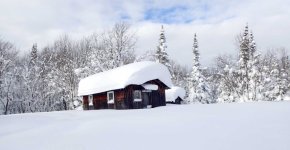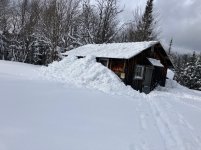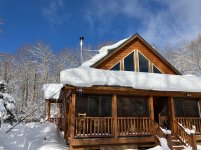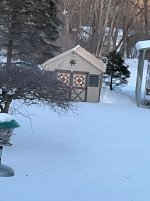I too am a BC skier, going on 20 years now...alpine skiing most of my life,
And agreed, it's waaaay different than lift served skiing, quiet, peaceful, strenuous, challenging. You have to be very accurate in your assessment of your skills, equipment and the conditions.
In the off season (off from skiing, that is) I'm a road cyclist. I enjoy the solitude and the suffering, especially big, long climbs.
Funny thing about both of those activities, some folks join me once after hearing of the benefits/enjoyment, but rarely accompany me again. Either the suffering is too much, or their abilities don't match with their aspirations. Both cycling and BC skiing are great ways to stay in shape for canoe tripping, I also still do free weight training year round.
Both of my kids were brought up skiing from age 3 or 4, and both switched to riding when they were 14 years old...they weren't raised that way!! My son still occasionally skis, and has come BC with me, but he still prefers his board.
I have also gone BC with some guys on boards, some split board guys, some on snowshoes, but they all have difficulties with undulating terrain, particularly when the powder is deeper than 2 or 3 ft. Yeah, yeah, we try to read the contours correctly, but deadfalls dictate the downhill route, and, well, sometimes we have to go UP while going down.




